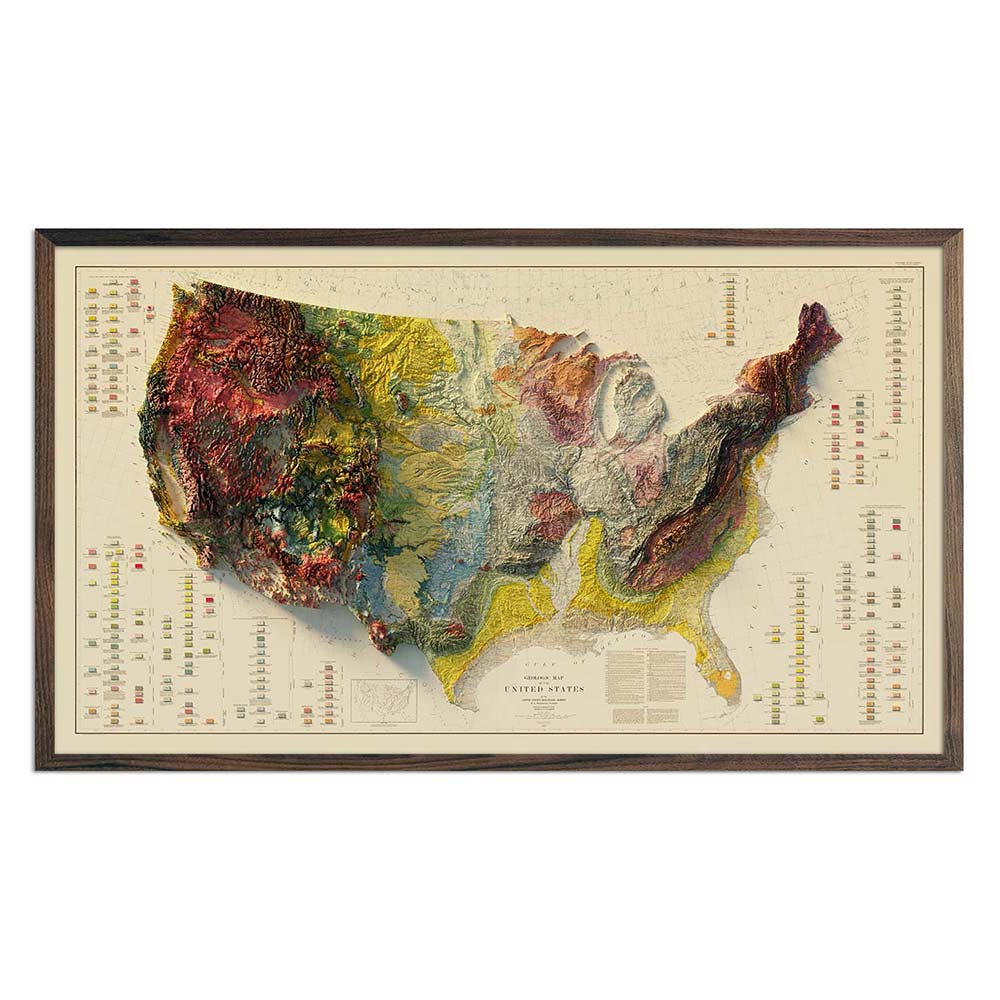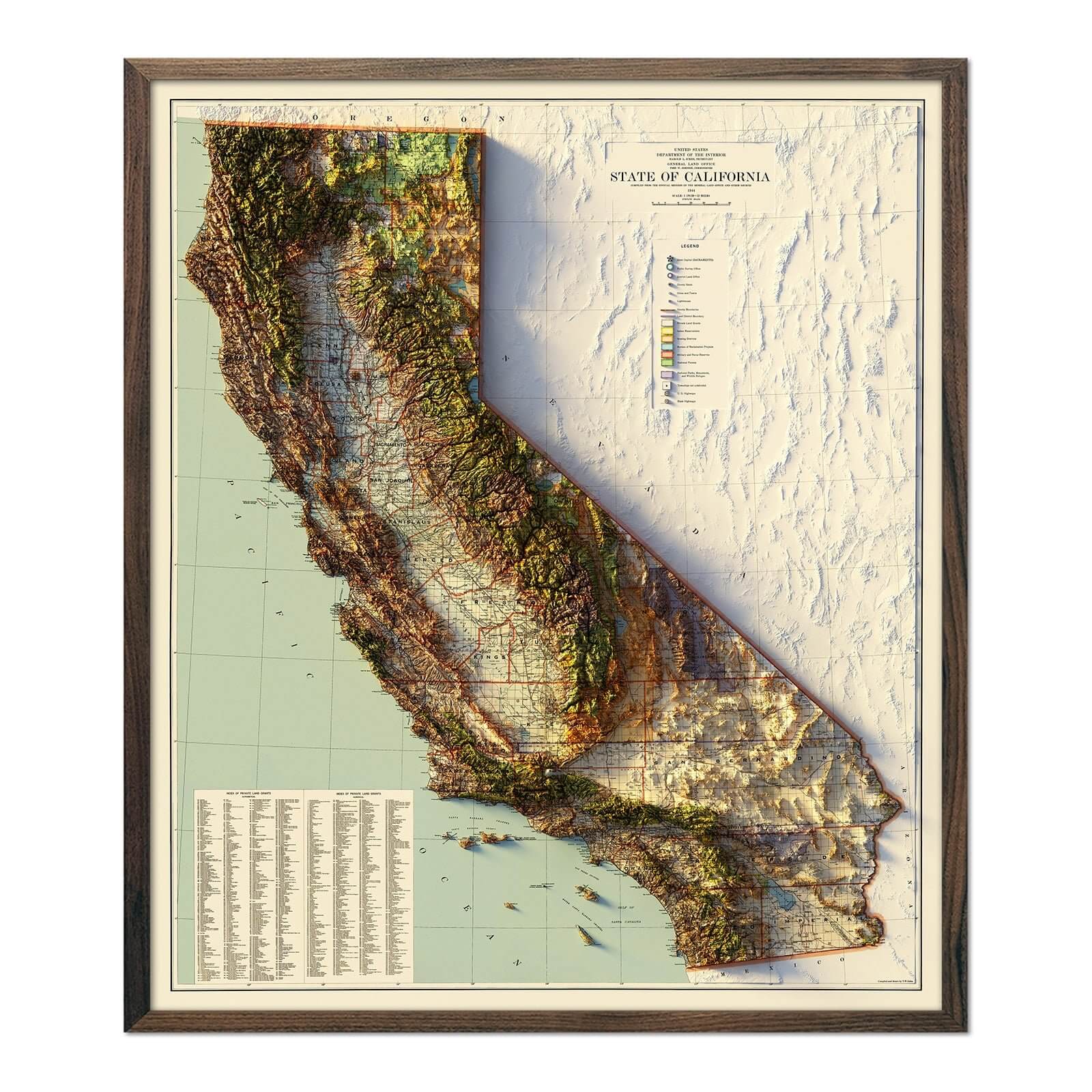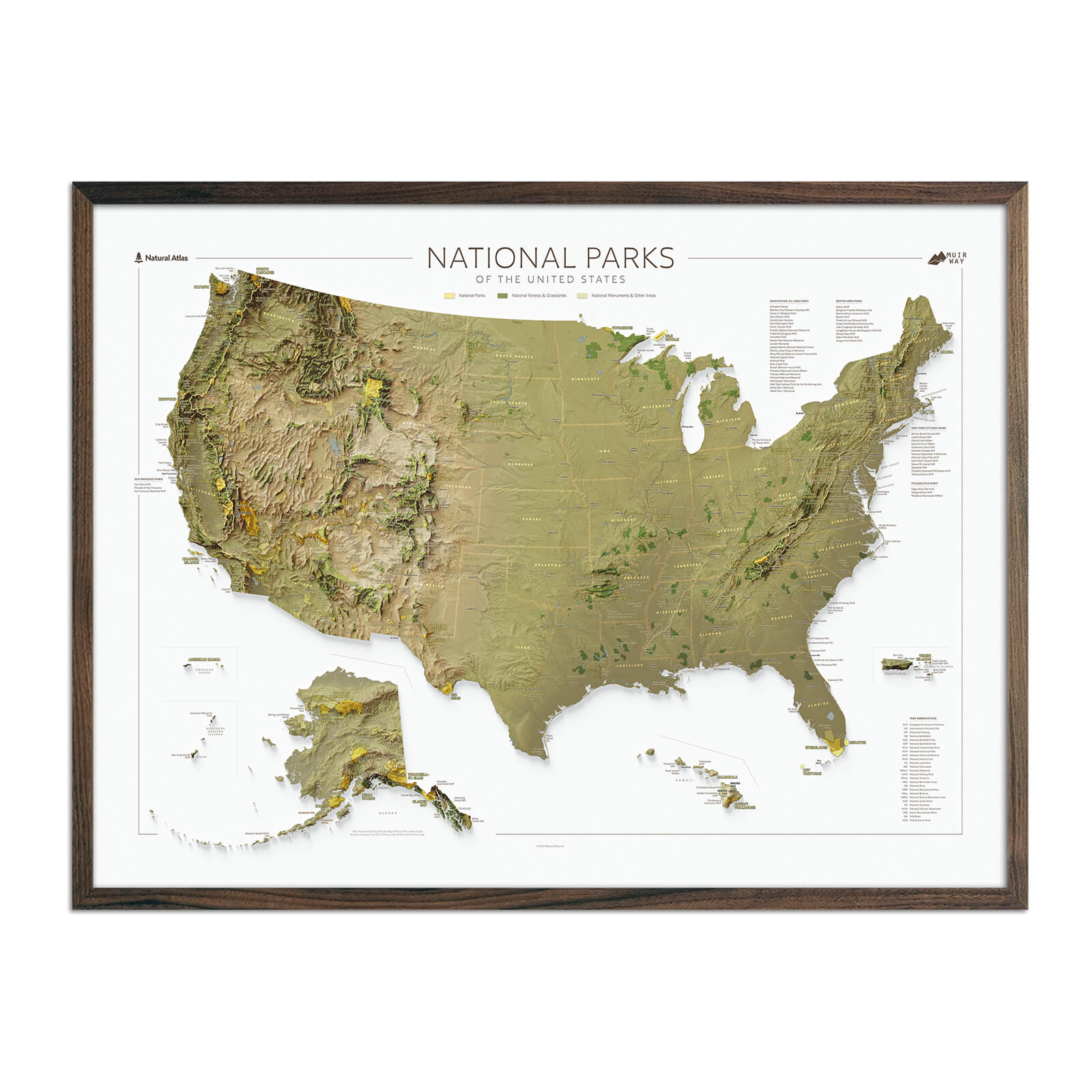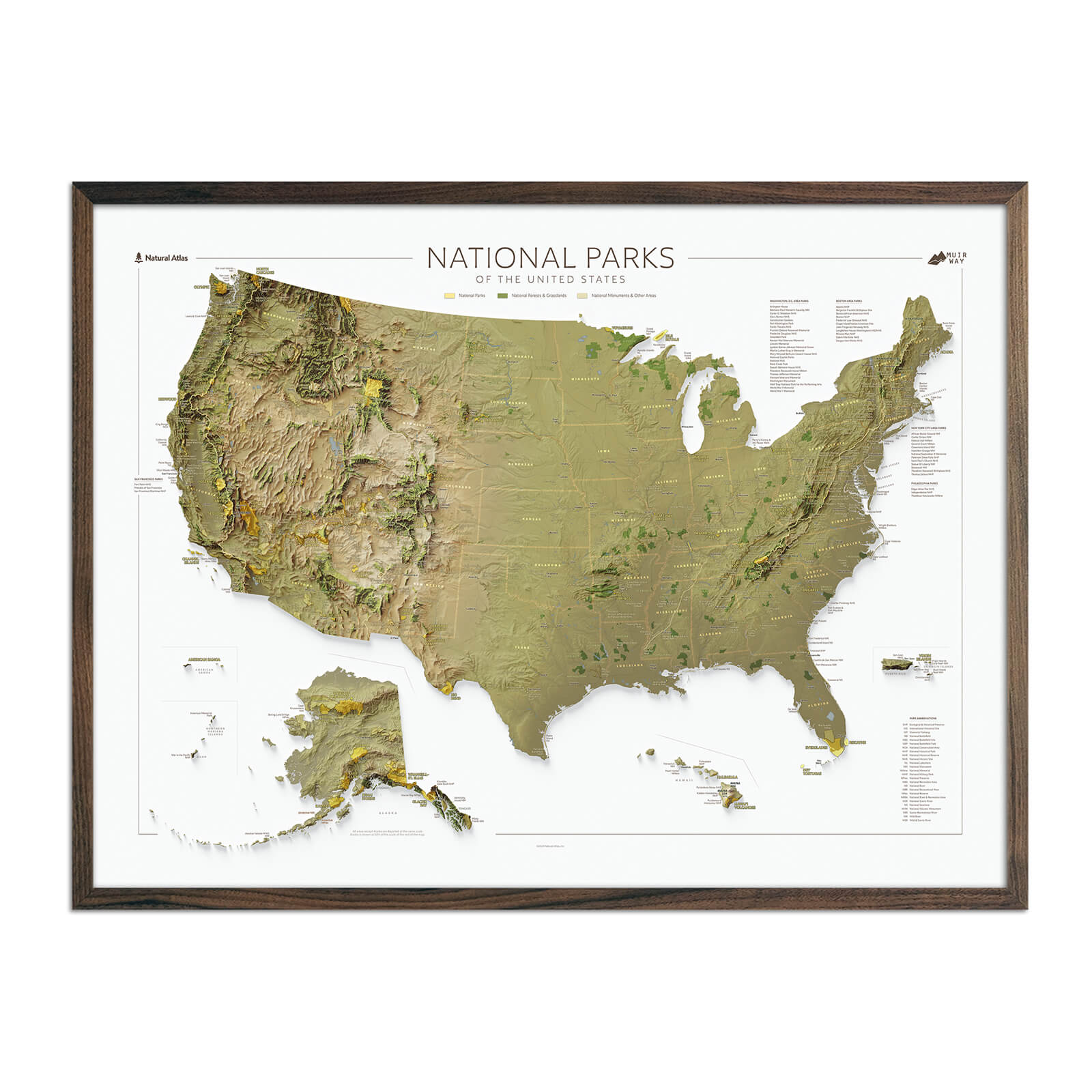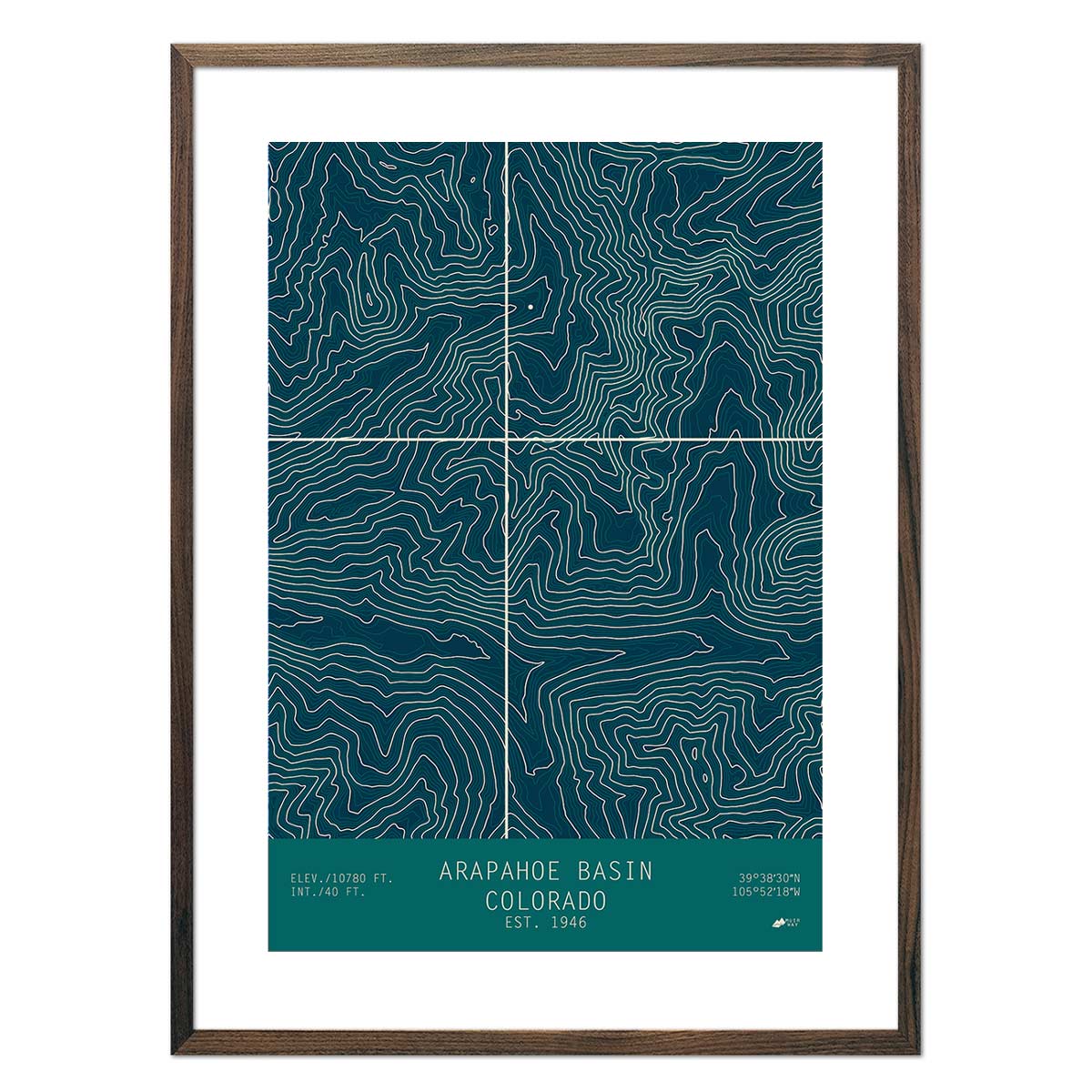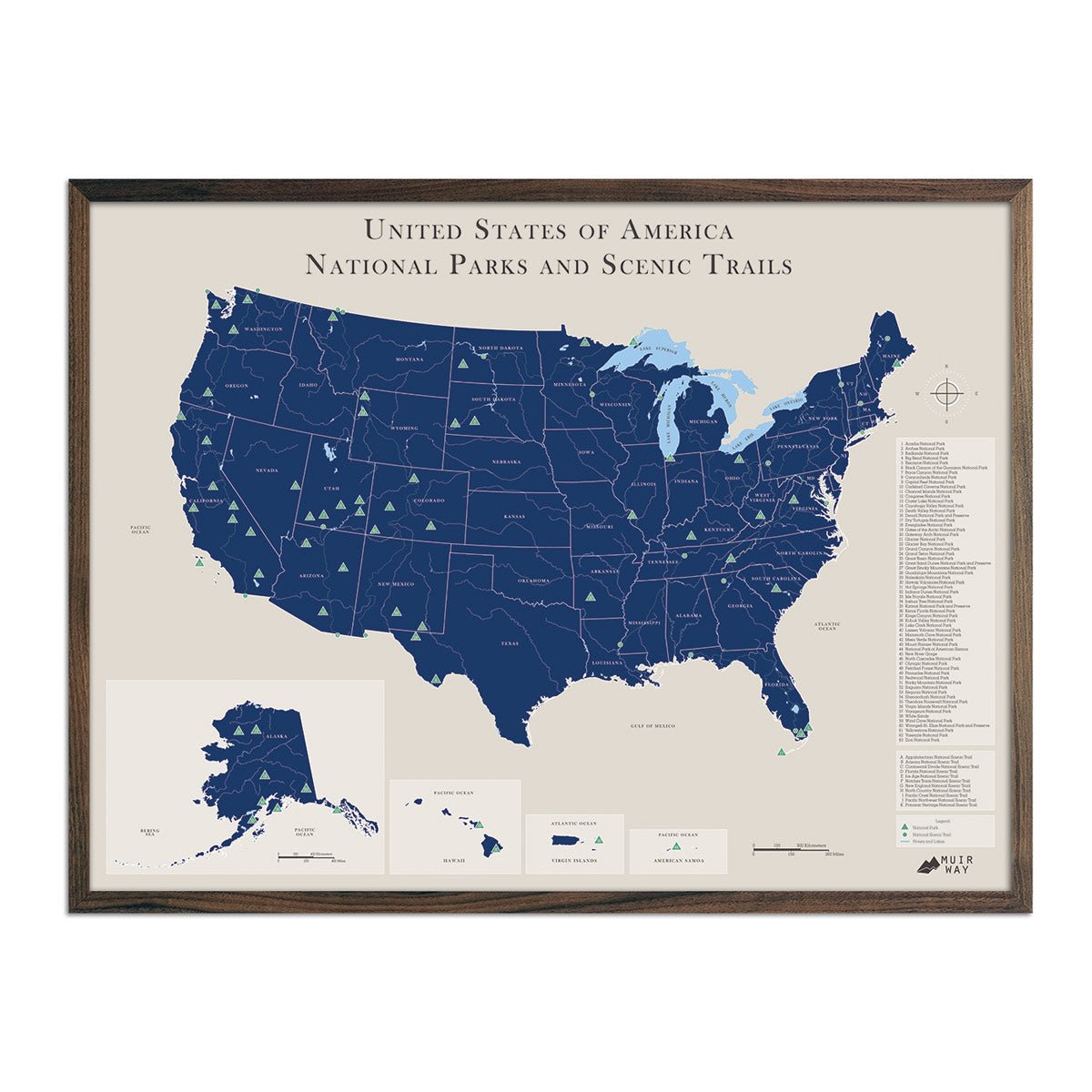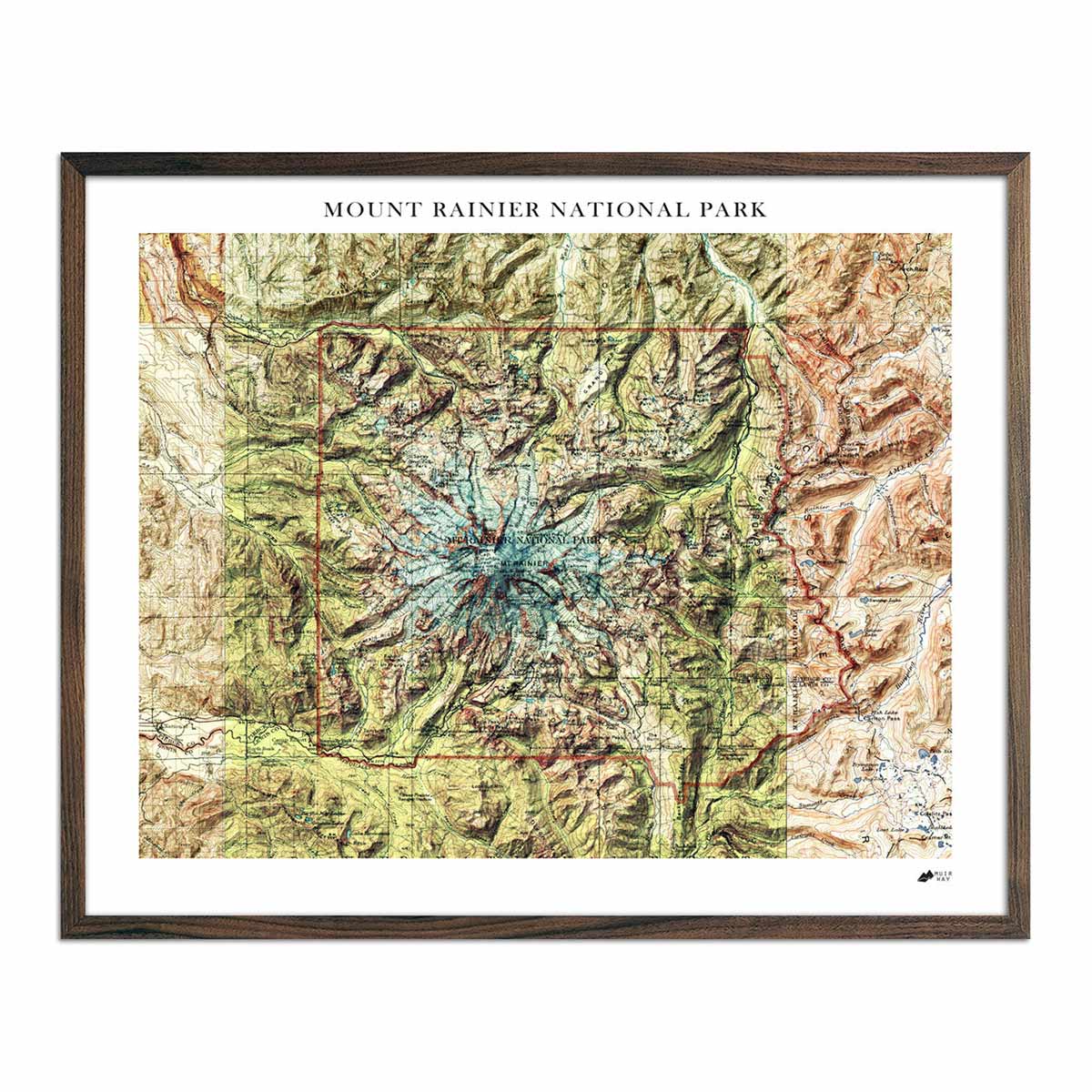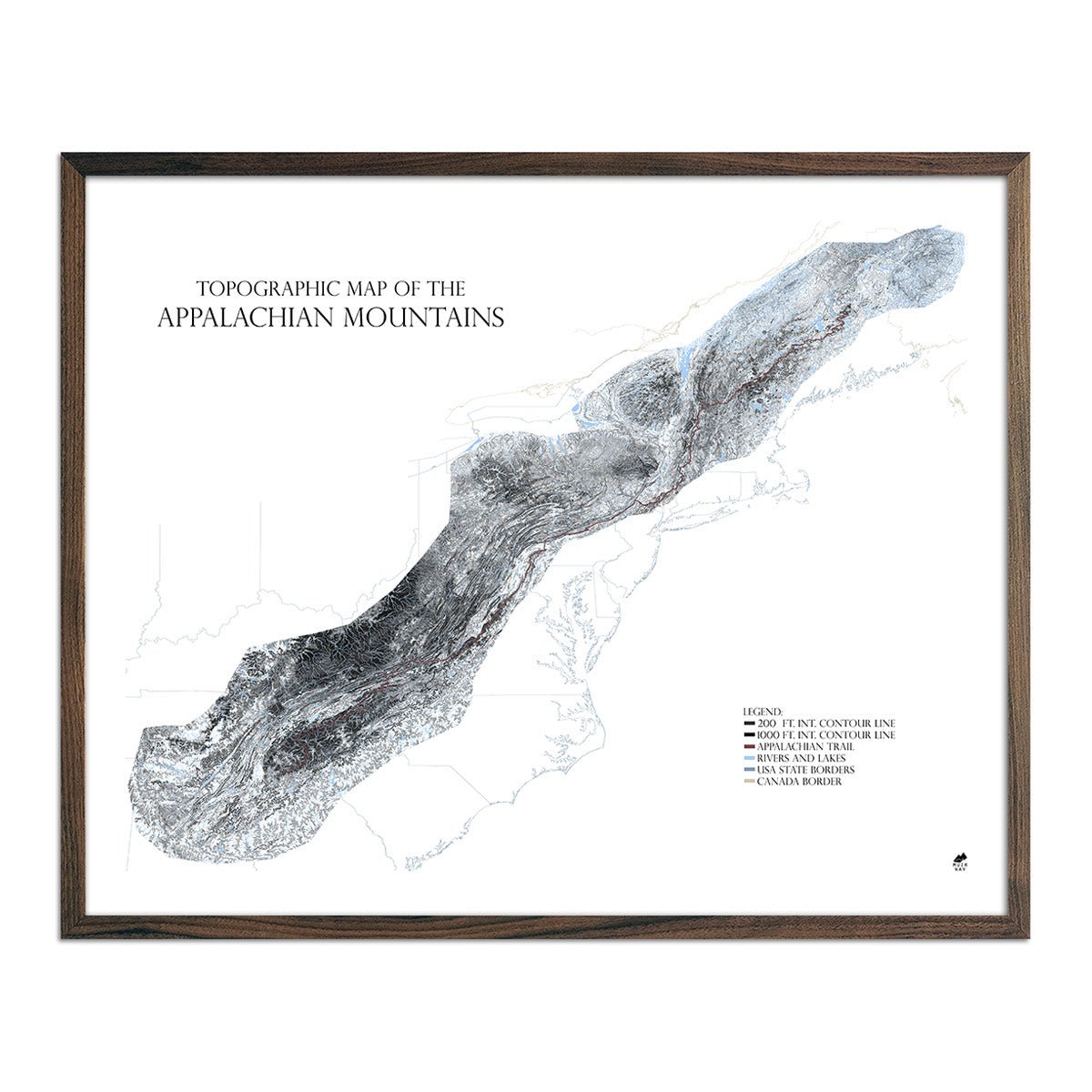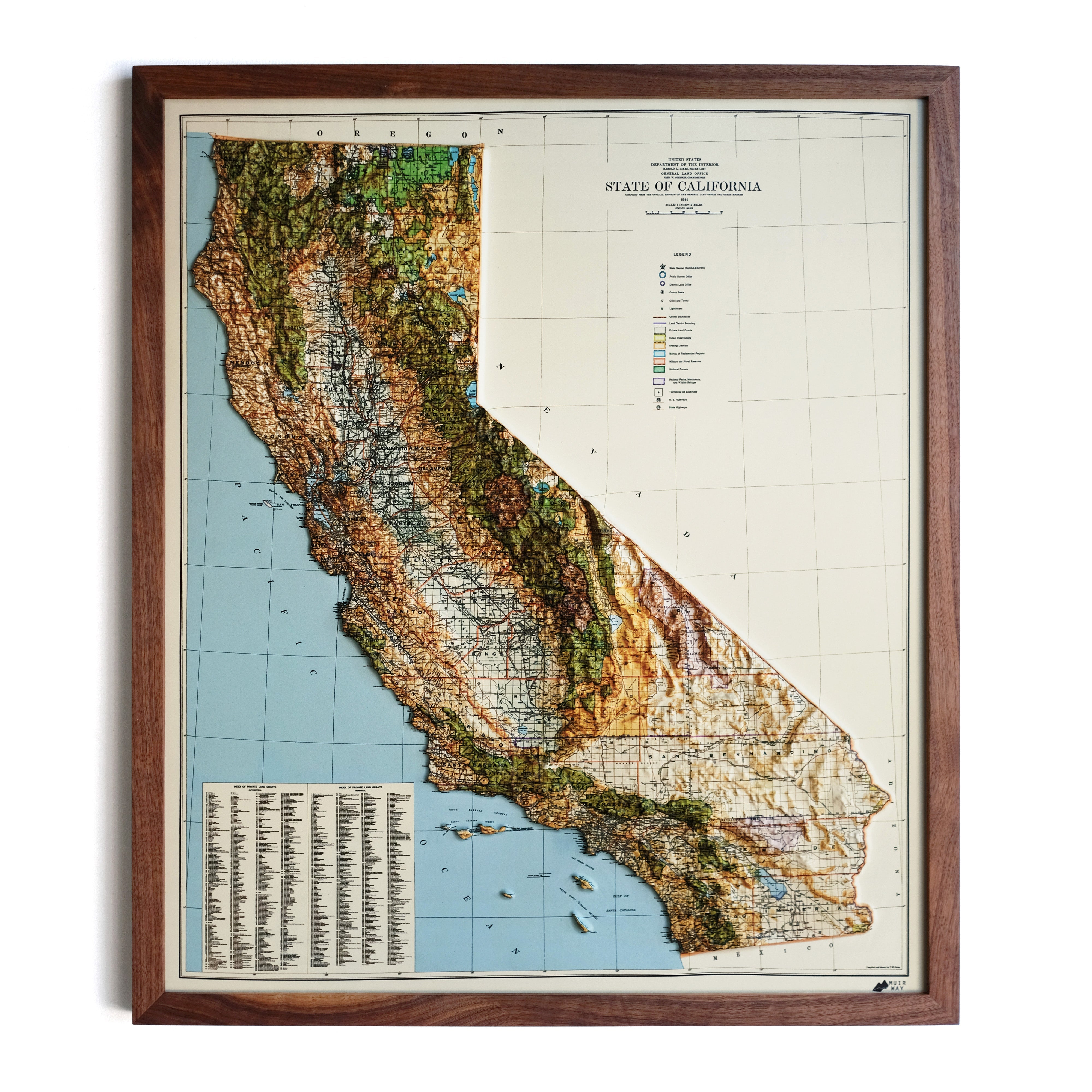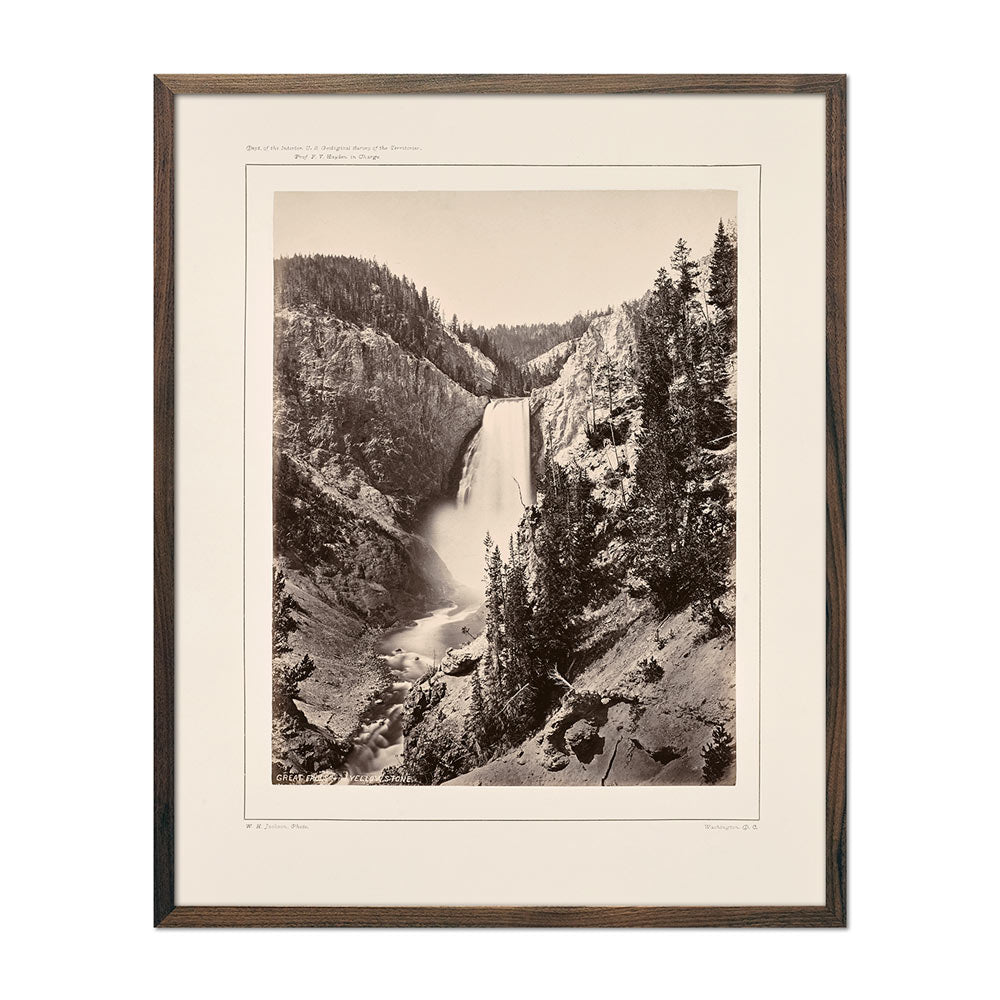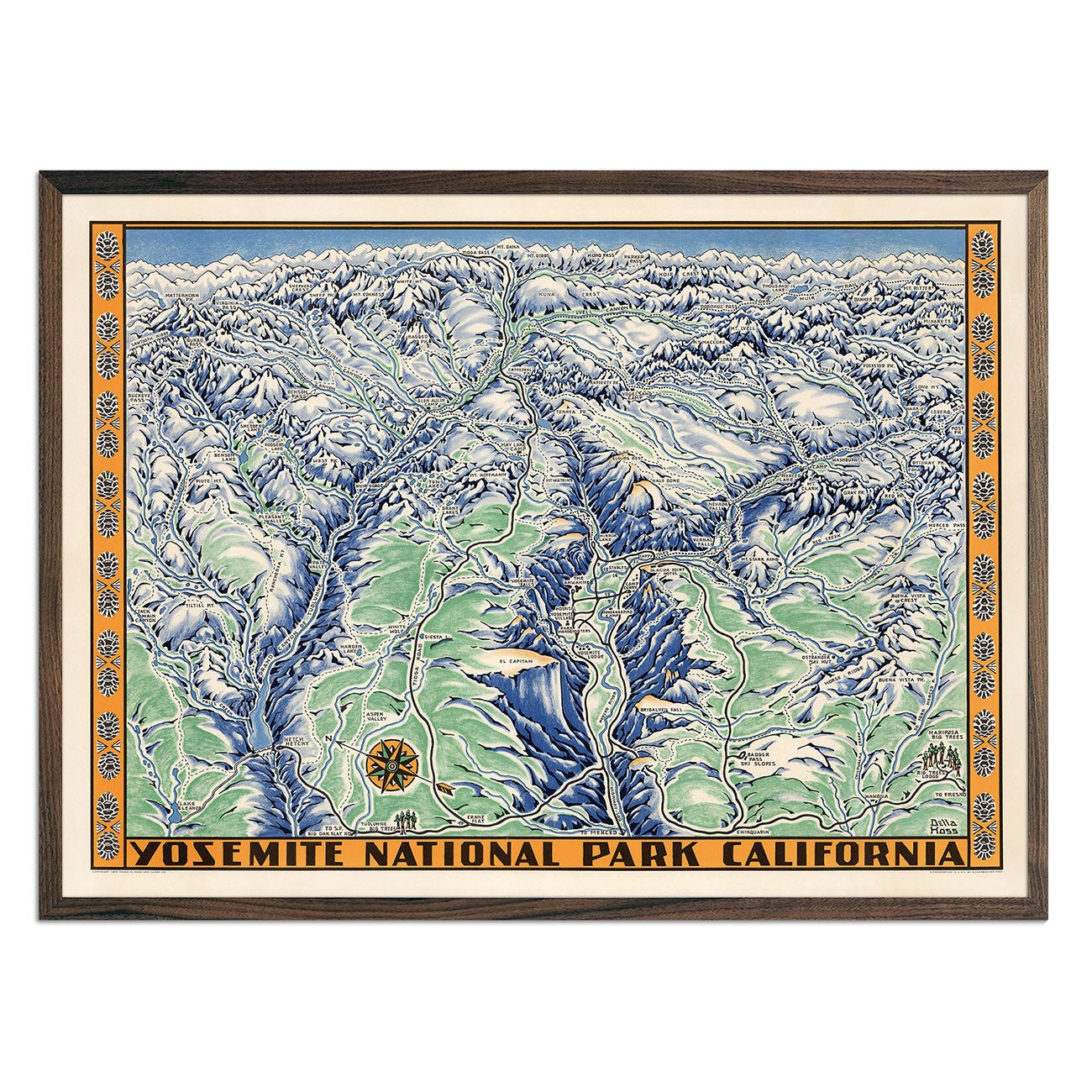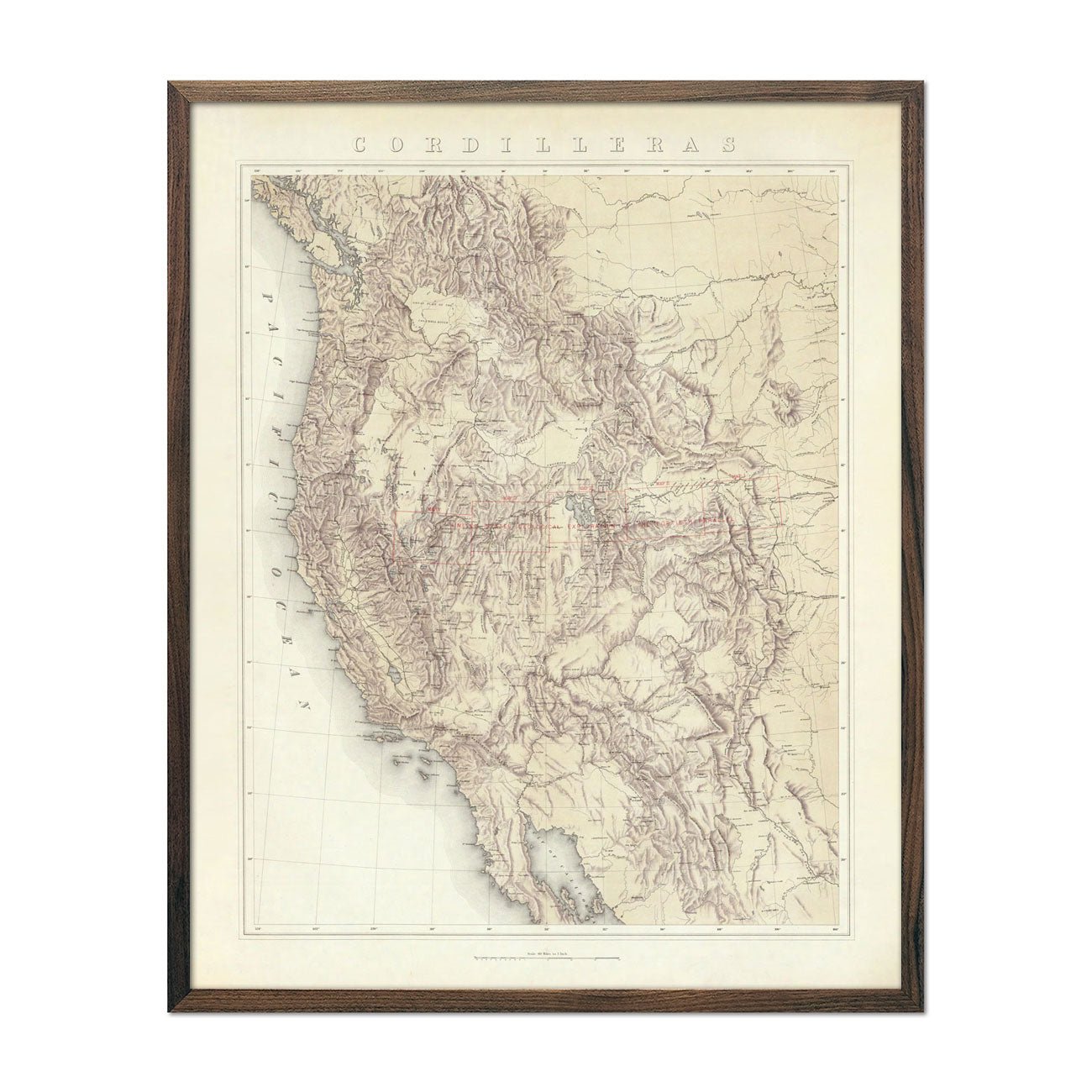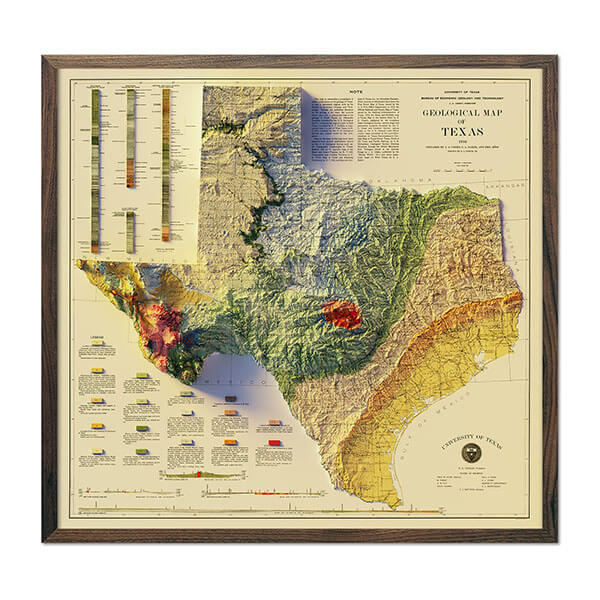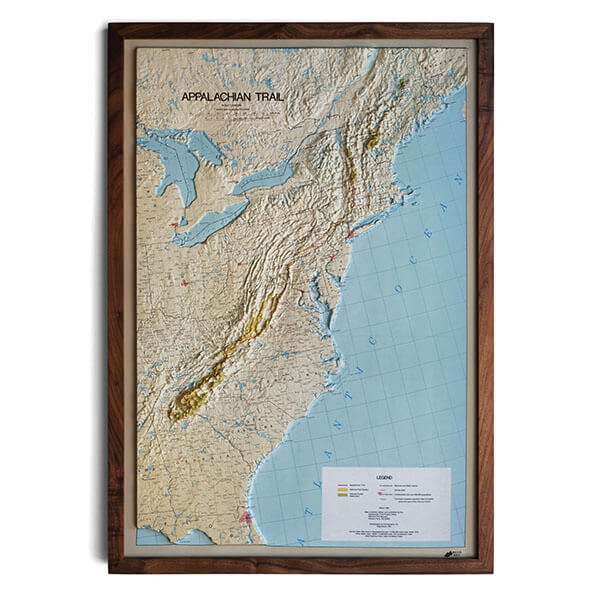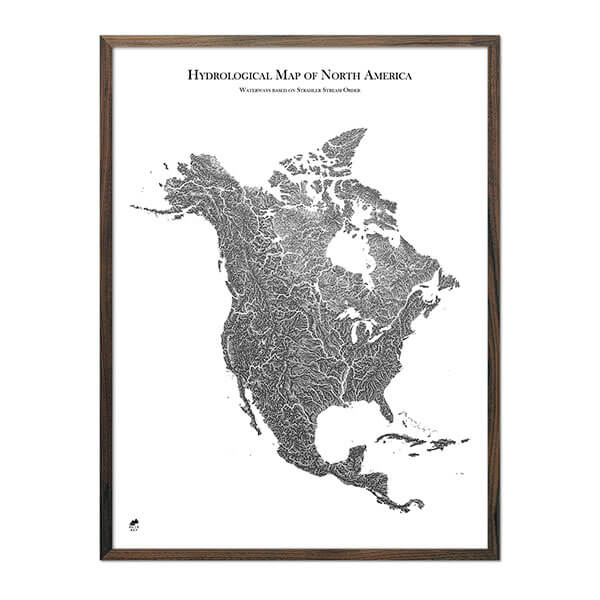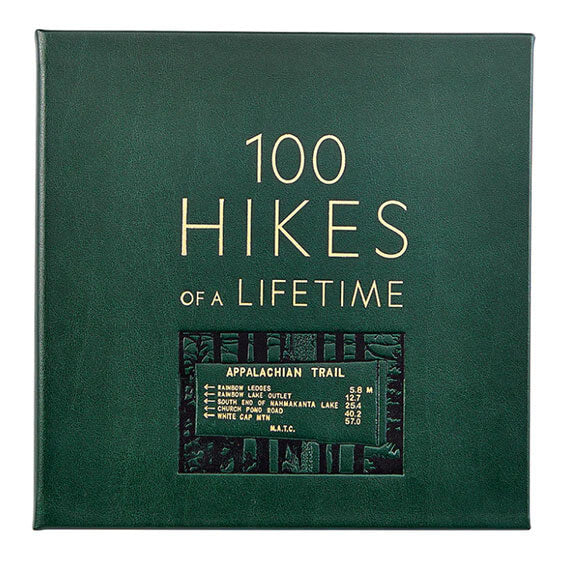The Appalachian Trail stretches like a giant, verdant spine through the eastern heart of America. It beckons to souls yearning for adventure, solitude, and an unparalleled connection to nature.
From the rugged peaks of Maine to the rolling hills of Georgia, this iconic trail whispers tales of both human determination and nature's majestic splendor. But how long is the Appalachian Trail - and what states does the Appalachian Trail go through?
Our Appalachian Trail guide for hiking will leave you feeling confident and clear on how to navigate the path ahead. We’ll set you up for a smooth, successful journey as you embark on this life-changing adventure.
Whether you've dreamt of standing atop its highest points or simply seeking the thrill of a weekend escape, the Appalachian Trail offers promises of memories that will etch themselves deep into your heart.
What is the Appalachian Trail?

The Appalachian Trail, often lovingly abbreviated to the “AT”, is a living testament to the indomitable spirit of adventure. But where is the Appalachian Trail?
It’s a nearly 2,200-mile-long pilgrimage through some of the most breathtaking landscapes the Eastern United States has to offer. We’ll cover the specific states the Appalachian Trail goes through shortly.
The AT embodies the dreams and aspirations of every traveler who has ever felt the call of the wild as it winds through dense forests, skirts serene lakes, and climbs sky-piercing peaks.
Historical Overview: The Origins and Evolution of the Trail
The vision of a “super trail” began taking shape in the early 1920s thanks to Benton MacKaye, a forester, planner, and conservationist.
MacKaye's dream was to create a sanctuary where urban dwellers could reconnect with nature. He envisioned a vast project that included community shelters, farms, and study camps.
The first discussions to bring this dream to fruition began in 1925, and by 1937, the trail was officially completed, stretching from Mount Oglethorpe in Georgia to Mount Katahdin in Maine.
Since then, the trail's starting point in the south has been relocated to Springer Mountain, Georgia. The AT has seen changes, reroutings, and countless footsteps, but its essence remains as wild and free as MacKaye envisioned.
Importance of the Appalachian Trail in the Hiking Community
The AT is often seen as a rite of passage for avid hikers. Completing a thru-hike, whether northbound from Georgia to Maine or the less conventional southbound route, is considered a badge of honor.
But beyond the accolades, the trail offers a deep, transformative experience. Many find clarity here amidst the whispering trees and silent mountaintops. It’s also an experience that will challenge you physically and mentally while encouraging a reconnection to yourself.
The Trail's Role in Conservation and Biodiversity
The Appalachian Trail is also an ecological marvel. It’s a protective corridor for an array of flora and fauna, some of which are endangered or found nowhere else.
As it stretches across 14 states, the AT passes through various ecosystems, each hosting a unique biological community. From the salamanders in the Smoky Mountains to the rare alpine plants of New England's peaks, the trail safeguards biodiversity in its truest sense.
Conservation efforts by organizations and thousands of volunteers ensure that the AT remains a haven for wildlife. The trail also serves as a living classroom for researchers and nature enthusiasts, offering invaluable insights into eastern America's ecological wonders.
Where Does the Appalachian Trail Start and End?

All things considered, it’s no wonder you’re looking for an Appalachian Trail hiking guide so you can experience all this splendor firsthand. But where does the Appalachian Trail start and end?
Historical and Current Start/End Points
The southern point of the Appalachian Trail was originally Mount Oglethorpe in Georgia. However, the trailhead was relocated in the early 1960s to its present starting point.
This was due to concerns about expanding development and private land ownership. Now hikers set forth northward from Springer Mountain, Georgia - a tranquil, tree-laden peak.
The trail's northernmost point is the towering and formidable Mount Katahdin in Maine which has remained unchanged since the trail's inception. This granite giant stands as a sentinel in Baxter State Park and has some of the best views on the Appalachian Trail from its summit on clear days.
It's a fitting end (or start, for those intrepid southbounders) to the Appalachian journey. It symbolizes both the majesty of the wilderness and the tenacity required to traverse the entire trail.
The Tradition of the Golden Spike
While the Appalachian Trail is about nature, solitude, and personal challenge, it's also about unity. The “Golden Spike” tradition captures this sentiment beautifully. It draws inspiration from the ceremonial golden spike used to commemorate the completion of the First Transcontinental Railroad.
However, rather than a physical spike, the 'golden spike' on the AT represents the moment a hiker completes their journey, connecting the metaphorical dots between Springer Mountain and Mount Katahdin.
This tradition is less about commemorating the trail itself and more about honoring the unity of the hiking community, the shared experience, and the collective respect for the land and journey.
What States Does the Appalachian Trail Go Through?
Now that you know the states in which the AT starts and ends, what states does the Appalachian Trail go through along the 2,000-mile voyage? Each of these Appalachian Trail states offers its own unique tapestry of experiences that weave the grand narrative of this iconic trail.
Maine: Rugged Wilderness and Mount Katahdin
Maine showcases the rugged wilderness and the trail's northern terminus, Mount Katahdin. It’s arguably the wildest section of the AT.
This part is renowned for its remote ponds, vast forests, and challenging terrains, especially the notorious “Hundred-Mile Wilderness”.
New Hampshire: The White Mountains and Franconia Ridge
Hikers are greeted by the majestic White Mountains as they venture through New Hampshire, including the formidable Franconia Ridge - a continuous alpine path with breathtaking views. This state's stretch is known for its steep and rocky climbs, testing the mettle of even seasoned hikers.
Vermont: The Green Mountains and the Long Trail Junction
Hikers will experience the lush landscapes of the Green Mountains in the transition into the Green Mountain State. This is also where you’ll encounter the renowned Long Trail Junction, where the AT and Vermont's Long Trail converge and part ways once again.
Massachusetts: The Berkshires and Historic Sites
This section gently meanders through The Berkshires, a series of rolling hills rich in art and culture. Hikers will have the pleasure of exploring early American history and literary heritage along the way in the form of key historical landmarks.
Connecticut: River Valleys and Rolling Hills
Connecticut's portion of the AT is characterized by scenic river valleys and gentle rolling hills. While relatively shorter compared to other Appalachian Trail states, it still offers picturesque views, especially during autumn when the foliage turns a fiery hue.
New York: The Hudson River and the “Lemon Squeezer”
The trail skirts the western edge of the Hudson River as it winds through New York. It challenges hikers with the quirky rock formation known as the “Lemon Squeezer”.
This part also treats hikers to occasional skyline views of New York City on clear days - a unique shift from the rural landscape you’ll view throughout the vast majority of the trail.
New Jersey: The Skylands and Abundant Wildlife
The New Jersey portion of your journey goes through what is known as the Skylands region. It often surprises hikers with how wild it is. You’ll take in abundant wildlife here, including bear sightings and beautiful vistas from elevated boardwalks.
West Virginia: Harpers Ferry and the Shenandoah River
West Virginia is yet another short but historically rich section of the trail. It houses Harpers Ferry, a town often considered the “psychological midpoint” of the AT. The confluence of the Shenandoah and Potomac Rivers here offers a serene backdrop to this historic location.
Virginia: The Blue Ridge Mountains and Shenandoah National Park
The stretch through Virginia is the longest of the Appalachian Trail states. It’s home to the picturesque Blue Ridge Mountains and the meadows of Shenandoah National Park. With over 500 miles, Virginia's portion is a mix of wild landscapes and historic Civil War sites.
Tennessee/North Carolina: The Great Smoky Mountains and Roan Highlands
The AT straddles the border between these two Appalachian Trail states, crossing back and forth between them a number of times. Highlights include the biodiverse Great Smoky Mountains - the nation's most visited national park - and the breathtaking grassy balds of the Roan Highlands.
Georgia: The Southern Terminus and Springer Mountain
As mentioned earlier, Georgia is the southernmost Appalachian Trail state. It’s where many northbound journeys begin. Hikers will encounter the famous Springer Mountain, setting off with the enthusiasm that characterizes the start of such a monumental journey.
How Long is the Appalachian Trail?

There are 13 states the Appalachian Trail goes through - that’s a long voyage. But just how long is the Appalachian Trail, exactly?
Appalachian Trail Mileage Estimates
The exact length of the AT can vary slightly from year to year due to trail reroutes and modifications. However, the trail stretches approximately 2,193 miles from its southern terminus in Georgia to its northern endpoint in Maine as of the last measurement.
How Long Does it Take to Hike the Appalachian Trail?
Now, let’s look at the length of this trip, not from the standpoint of miles, but time. How long does it take to hike the Appalachian Trail?
There is no one-size-fits-all answer, of course, but a thru-hike (hiking end to end in a continuous journey) can take 5-7 months. That being said, we’ll look at a few factors influencing the timeline for hiking the Appalachian Trail below.
Factors Affecting Duration: Speed, Experience, and Seasonal Changes
- Speed: A typical hiker averages about 12 to 16 miles a day. However, ultra-light, seasoned hikers can cover up to 25 miles or more daily.
- Experience: Novices may start slower as they adjust to the trail's demands. Their pace often increases as they gain confidence and trail legs. Conversely, seasoned hikers might traverse certain sections more quickly, already familiar with the terrain and their own capabilities.
- Seasonal Changes: Harsh winters in the North can delay progress, while the humid summers in the South might slow even the most experienced hiker. Additionally, the changing seasons might inspire some to linger, soaking in the autumnal hues or springtime blossoms.
In essence, the AT is not just a measure of miles but of moments. It's less about how long it takes and more about what one takes from the long journey. Our Appalachian Trail Guide will offer tips for making the most of this experience in a moment. First - how much does it cost to hike the Appalachian Trail?
How to Hike the Appalachian Trail: More Advice on Hiking the Appalachian Trail
Now, let’s get to the fun part of our Appalachian trail guide for hiking - tips on how to hike the Appalachian Trail.
Below, we’ll cover all the advice you need to feel confident and capable of hiking the Appalachian Trail, no matter your experience level. First, let’s talk about when to start the journey.
When to Start Appalachian Trail Hiking
Just as with visiting Rocky Mountain National Park or embarking on a California National Parks road trip, the question of when to start Appalachian Trail hiking is all about syncing up with Mother Nature. Timing is crucial here, and there is a balance between working with the elements for a less grueling trip while also taking in the beautiful sights at the right time of year.
The NOBO (Northbound) route starting in Georgia is most common, and hikers will begin this journey in late February to early May. Starting earlier means you may face the remnants of winter, but starting later means you may catch the start of winter in the Northern Appalachian Trail states.
The SOBO (Southbound) route is less common but still worth looking into. Here, you’ll start in Maine in early June to mid-July once all snow has melted, at which point you’ll embark on a fresh canvas of landscape.
Physical Preparation: Getting Fit for the Trail
As you now know after we addressed how long is the Appalachian Trail, this is no walk in the park. It’s a grueling journey that will push your physical prowess to the limits. As such, hiking the Appalachian Trail requires intense physical training in preparation.
Start with cardiovascular training, long walks or hikes, and strength training, focusing on legs and core. As your departure nears, hike with a loaded backpack to simulate trail conditions.
Be prepared to be overwhelmed by how tough the hike actually is, as no training can really prepare you for what’s ahead. That’s where the mental side of preparation comes in…
Mental Challenges: Overcoming Loneliness, Fatigue, and Doubt
The trail is also a demanding journey inwards. Many hikers confront inner demons, dredging up past traumas, regrets, or fears along the way.
Solo hiking is a great way to get more in tune with yourself but be prepared to struggle with loneliness. The human soul craves connection, after all. Still, you may encounter like-minded souls along the way.
Otherwise, journaling, meditating, and other tactics can combat the loneliness and leave you mentally stronger once the journey is finished.
But regardless of if you’re traveling alone or in a group, the mental toll of fatigue and self-doubt will inevitably creep in once the high of starting the journey fades. When doubt clouds judgment, set small daily goals. Celebrate milestones, whether it's covering a challenging section or simply waking up to greet another day on the trail.
Safety First: Tips on Wildlife, Weather, and Health on the Trail
While hiking the Appalachian Trail isn’t inherently dangerous, there are definitely perils you should be prepared for. Many of these can be mitigated through proper preparation. Here’s what you need to be aware of:
- Wildlife: Black bears, while common, tend to be shy. If encountered, talk loudly and avoid direct eye contact. Rattlesnakes, though less frequent, should be given a wide berth. The key is coexistence. Learn their habits, and they'll respect yours.
- Weather: The various Appalachian Trail states will offer different weather - mountains have a cooling climate while valleys will be hot. A clear morning can quickly turn into an afternoon storm. Investing in a good weather radio and understanding cloud formations can be lifesavers.
- Health: Hygiene becomes paramount. From filtering water to checking for ticks, being proactive can ward off potential illnesses. Additionally, understanding your body's signals, from the onset of blisters to dehydration symptoms, is crucial.
Essential Gear and Packing Tips
Before we get into actually hiking the Appalachian trail, let’s talk about the gear you’ll need and tips on packing it smart to lessen your load. Here are the non-negotiables for your voyage:
- Backpack: It's not about the volume but the fit. A 60L pack that fits well is better than a 70L that doesn't. Weight distribution matters.
- Footwear: Swelling feet, blisters, and plantar fasciitis are real threats. Trail runners versus boots is an ongoing debate, but a snug fit, ample toe room, and good support are non-negotiable.
- Clothing: Cotton is a no-go. Synthetic or merino wool layers that wick sweat, insulate even when wet, and dry quickly are invaluable.
Navigating the Trail: Maps, Blazes, and Digital Resources

Getting lost is a real concern, but the AT community and previous hikers have left tools for you to minimize the risk of losing the trail.
You’ll have blazes along the way to guide you. These are typically marked by white rectangles on trees. Two blazes, one above the other, indicate a change in direction. Noticing and understanding these can ensure you stay on track.
You should also have topographical maps on hand which show terrain features, giving insights into elevation changes, water sources, and shelter locations. Familiarize yourself with reading contours, scales, and legends before the journey so you don’t have to scramble to figure things out on the trail.
Offline digital maps, like the Guthook Guide, not only show the trail but also have comments from recent hikers about water availability, campsite conditions, and potential hazards.
Speaking of maps, if you want something unique to remember your journey by, check out our Appalachian topographic map print or map of Appalachian mountain range. These two map prints are a great way to celebrate the successful completion of your journey or inspire you as you train for the adventure.
At Muir Way, we’re passionate about exploring the outdoors and our country’s National Park system. So, we offer stunning wall art to reflect some of our world’s greatest wonders. We also offer an array of high-quality National Park map posters and other Appalachian trail wall map prints worth exploring.
Resupply Strategy: Planning Food and Supply Stops
We haven’t even talked about what you’re going to eat while on the trail. But this is not something you can overlook, as your body is a machine and food is its fuel. You need to remain well-nourished to keep yourself pushing forward.
Aim for calorie-dense foods. A mix of carbohydrates for quick energy, fats for sustained energy, and proteins for muscle repair is vital. An average hiker burns 4,000-6,000 calories daily on the AT. You should eat at least that many calories.
There are towns roughly every 3-5 days of hiking. Some hikers send boxes ahead but be wary of post office hours. Others buy as they go, adapting their diet to local stores.
The Trail Community: Etiquette, Making Friends, and Trail Angels
The Appalachian Trail, though a wilderness path, is also a vibrant community. But it’s important to be aware of the nuances of interacting with other hikers along the way.
If you're camping near others, respect quiet hours. Always yield the trail to uphill hikers. When at shelters, make room for others, and never leave trash behind.
Trail families or 'Tramilies' organically form among hikers with similar paces and mindsets. These bonds, forged in sweat and shared experiences, often last a lifetime.
You may even encounter Trail Angels along the way. These are volunteers or local residents who provide unexpected acts of kindness to thru-hikers. It might be a lift into town, a meal, or just a cold drink.
Preserving the Trail: Leave No Trace and Conservation
The beauty of hiking the Appalachian Trail is yours to enjoy, but also yours to preserve. Adhering to the principles of Leave No Trace ensures that future generations also get to experience the magic of the trail.
Use established sites when setting camp. Stoves are preferable if cooking, but if fires are allowed, minimize their impact.
Wildlife, though enchanting, should be admired from a distance. Never feed or disturb them. And, while it's tempting to take a keepsake, let plants and the natural habitat be. Take nothing with you but memories.

Wrapping Up Our Appalachian Trail Hiking Guide
That concludes our Appalachian trail guide for hiking. We hope you feel confident, clear, and inspired to take the first step on this life-changing journey. We’ve covered the Appalachian Trail states and offered tips on how to hike the Appalachian Trail so you can experience it to the fullest.
As you prepare to embark on this timeless trail, remember that it's not merely about reaching the finish line but cherishing every sunrise, every unexpected act of kindness, and every introspective night under the stars. The path will test you, teach you, and ultimately, enrich you.
Embrace the adventure of hiking the Appalachian Trail that awaits you - timeless and enduring, just like the spirit of every hiker it welcomes.


